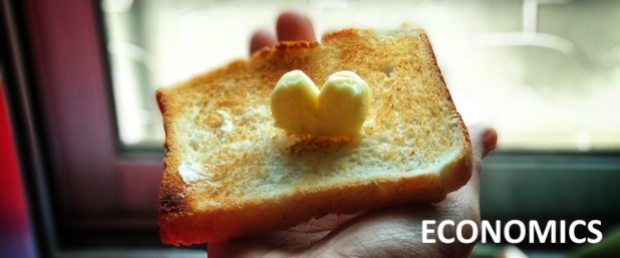
A few days back I wrote about my observations in Primark. There are simply products that needs to roll off shelves as soon as they are put on it for the business to work well and stay successful. And pricing contributes significantly to that.
Near my place, there’s always been a hot food stall that sells affordable hot breakfast food (for those who knows, it’s an economic bee hoon stall); they are incredibly successful with long queues every morning and they usually sell out right before or during lunch time. They start as early as 5.30am, and queues start forming from 6-6.30am. Unfortunately, some time late last year, they sold their business to another larger food company that runs multiple food stalls in neighbourhood coffeeshops. I heard it was because one of the proprietors fell sick.
In any case, after the company took over the business, they retained some of the previous partners but raised prices after renovating the stall. The food were not different but then because queues stopped forming, the food items were left on the display longer. As a result, they were less tasty, which reduced demand further.
Just by raising the price, the stall suffered a double whammy, the original model of selling made-in-time hot food broke down. The hot food stall became a mediocre stall in the coffeeshop. There are just some models of business that requires low prices; this is good for both the proprietor and the target pool of customers. When one considers raising prices, one must recognise that the pricing is part of the overall business model.
